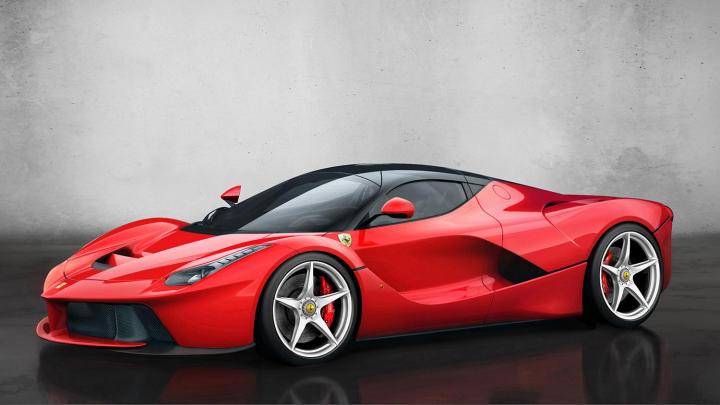
A source close to Ferrari told Autocar that the speculation claiming future V12 engines found in the famed automaker’s most hyperactive hypercars won’t see turbos affixed to them. The reason this is even being talked about is because of the recent 488 GTB, which replaces the naturally aspirated 458 Italia with a mid-engine turbocharged V8. It’s the first time in a while this configuration came with a turbo, so its a natural step in logic to thing that the V12s would be next, but they won’t be.

Now, this revelation comes with an asterisk, because the future vehicles won’t have completely unaided engines. The current top of the line Ferrari, the LaFerrari, is boosted by an electric KERS unit that provides extra boosts in power. This is tech that fittingly saw itself trickle into the company’s road-going cars after its implementation in Formula 1.
The source claims that future V12’s will be complemented by 48-volt systems to fill the torque troughs when the engine isn’t at its peak. This will also allow them to conform to CO2 emission standards that are growing ever-stricter in Europe and in the United States.
Whatever qualms Ferrari fans may have about purity, it’s really difficult to argue against the reality of powerful regulations and the successes of its competitors, thus the LaFerrari pioneering future solutions. Ferrari will always strive to make the best engine it can, and right now, that means getting with the times and going electric.


